Dried mokomokai heads - eerie relics of the Maori people
Categories: Culture | History | World
By Pictolic https://pictolic.com/article/dried-mokomokai-heads-eerie-relics-of-the-maori-people.htmlAmong the indigenous people of New Zealand, the Maori, tattoos were an integral part of their culture. All representatives of this people had them, except slaves. Tattoos were called moko or ta-moko, and without them a person was literally empty space. And in the language of this people there is the word mokomokai. And it means the tradition of cutting off the head of a deceased person with a tattoo on his face in order to dry it in a special way and turn it into a family heirloom.
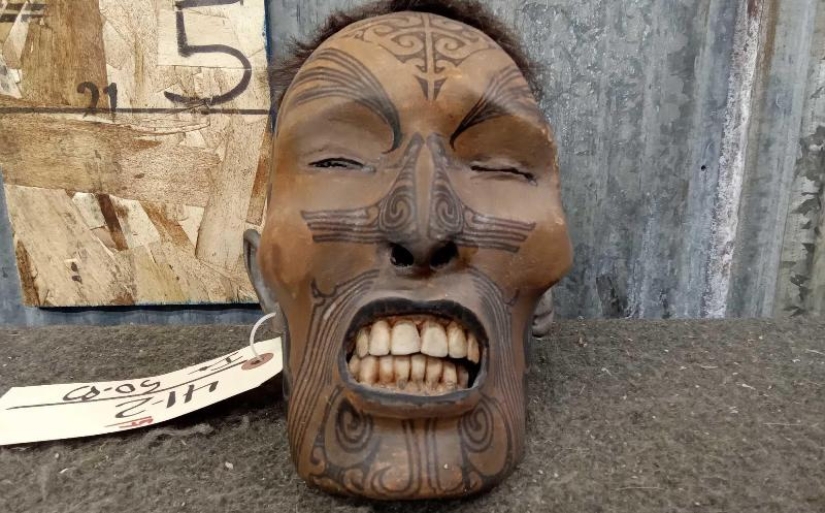
On December 13, 1642, the Dutch navigator Abel Tasman discovered New Zealand. But Europeans began to visit distant islands en masse after the expedition of the Englishman James Cook, whose expedition landed on this land in the fall of 1769. Following the captain who declared New Zealand a possession of the British crown, whalers, seal hunters, missionaries and traders flocked there.
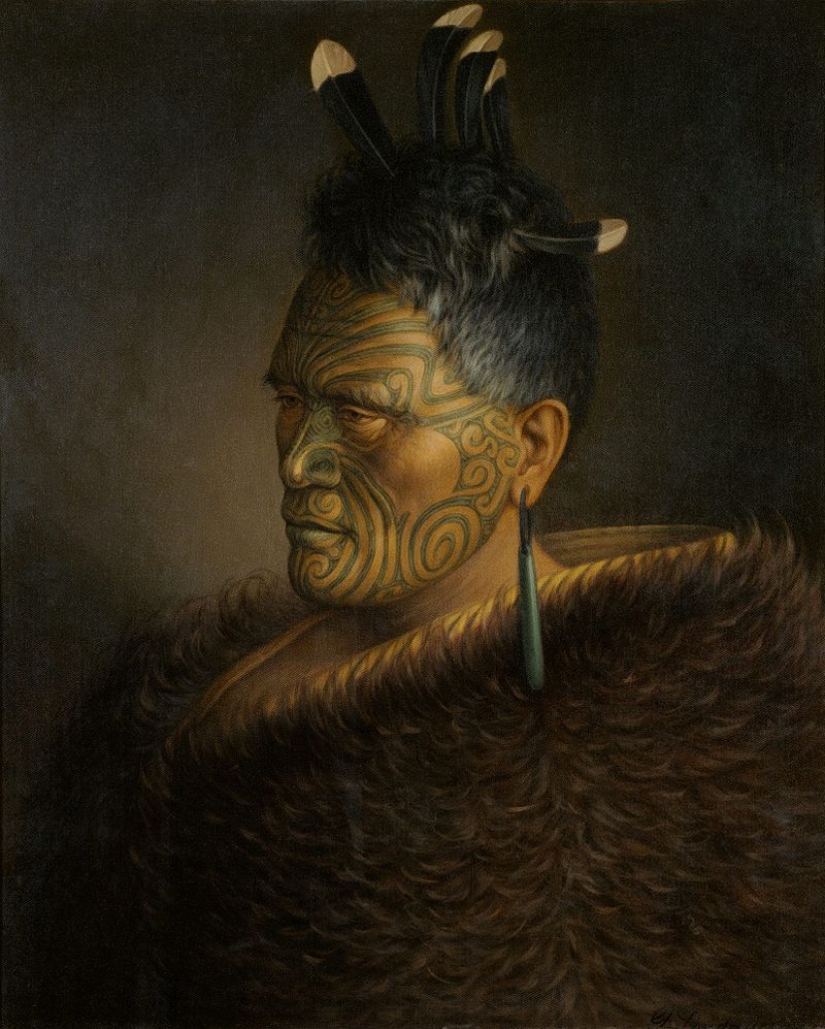
For Europeans, the lands that were inhabited by Maori for thousands of years were a real treasure trove. But in addition to natural resources, they were also interested in the curiosities that they saw among the local population. The guests were most interested in the dried tattooed mokomokai heads.

The Maori, who valued the heads of defeated enemies, surprisingly easily gave them up in exchange for guns. They needed weapons for the internecine wars that constantly arose between tribes and clans. Guns helped get heads, and they were exchanged for guns - a great business.
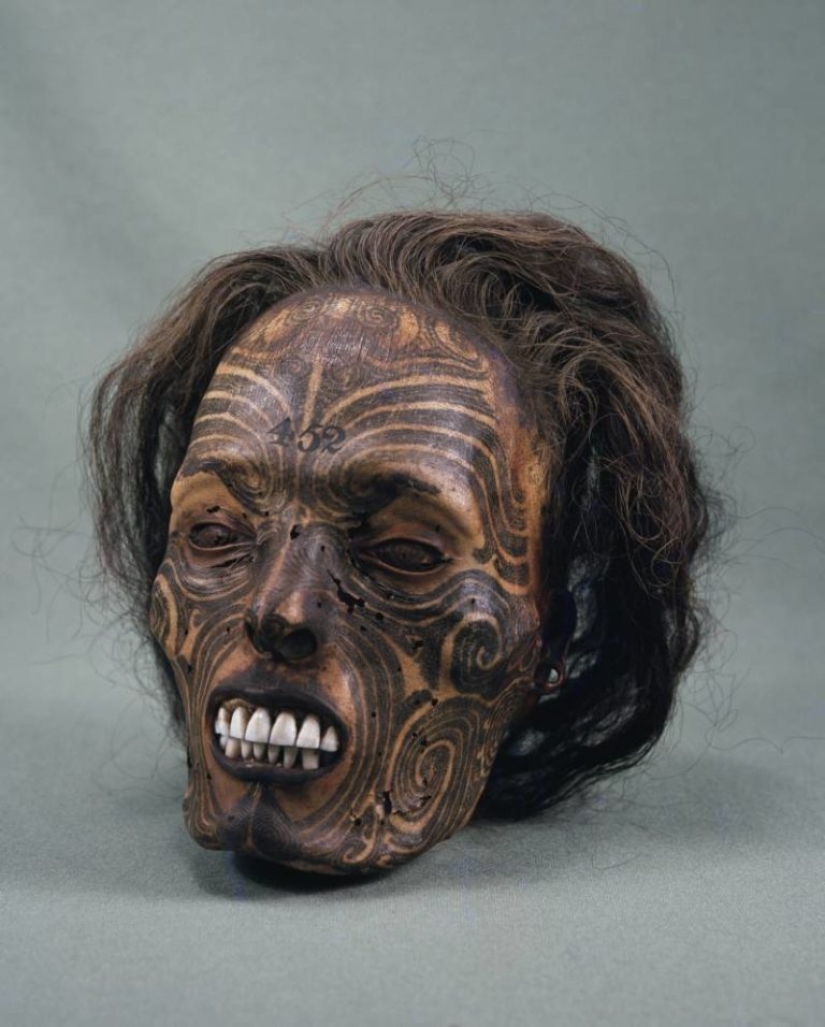
Sailors and merchants brought creepy souvenirs home to amuse their vanity. But there were also real connoisseurs of mokomokai, who collected entire collections and studied them. One of the most famous specialists in this field was British colonial army officer Horatio Gordon Robley. He served in New Zealand in the 1860s.
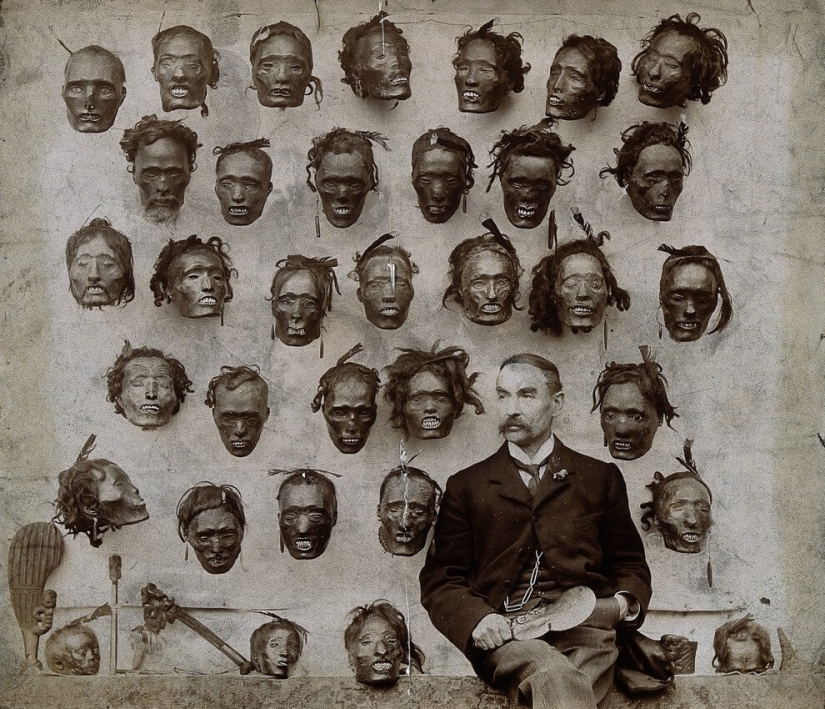
Service on the remote islands was not very eventful and the officers were bored. The active Robley, to keep himself busy, began studying Maori culture and history. He was a good artist and supplied his notes with illustrations. The Englishman was especially fascinated by the tattoos of local residents. He published the book Moko: Maori Tattooing in 1896, which even today is considered the best publication on the subject.

Horatio Robley also amassed an impressive mokomokai collection of 40 pieces. At this time, the trade in dried heads was prohibited by the colonial authorities, so this task was not easy. The officer studied each specimen and could easily tell what any line of ornament on the dead faces meant.
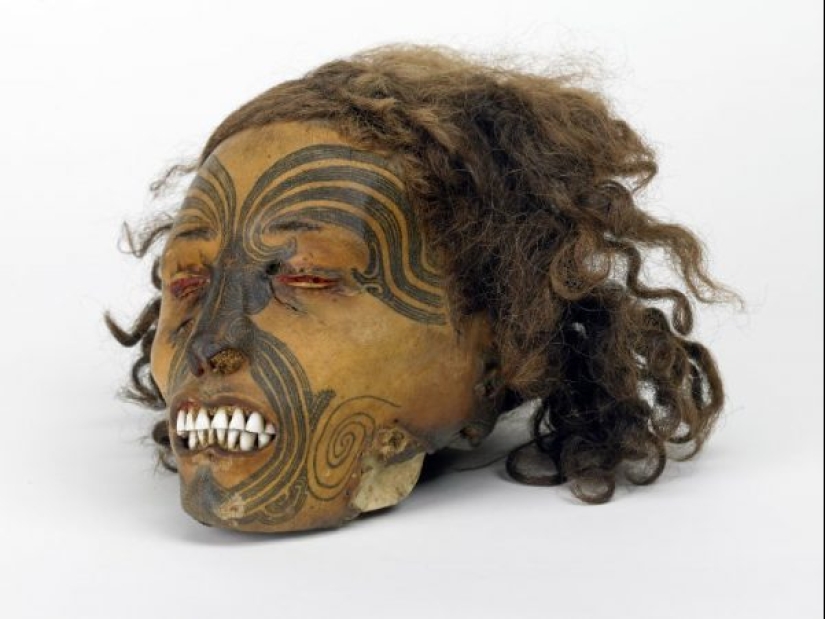
For centuries, mokomokai have left New Zealand, first legally, then through smuggling. Only at the end of the 20th century did the country's government come to its senses. The authorities launched an entire campaign to return the relics to their homeland. The heads were scattered all over the world and were kept in both museums and private collections.
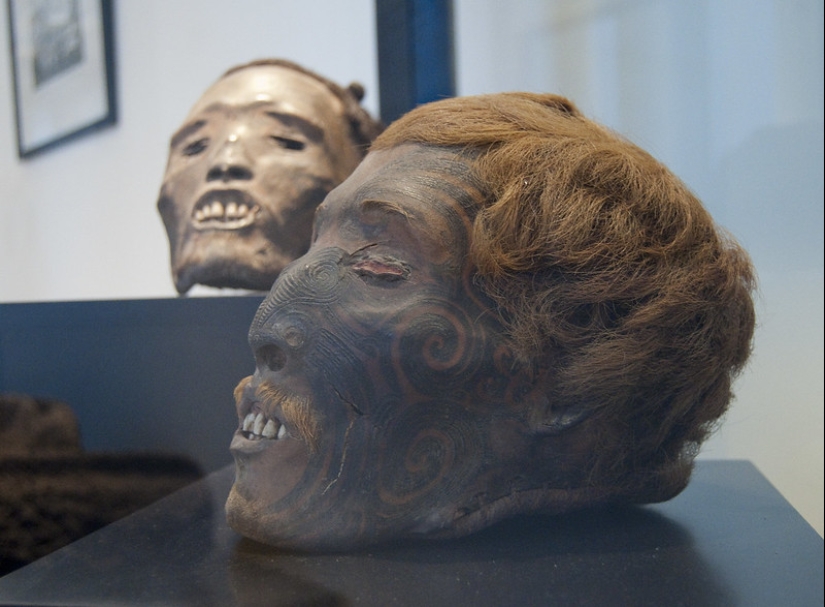
A specially created committee looked for the owners of these exhibits and sent them official requests. It cannot be said that these appeals were received with enthusiasm by everyone. Many of them remained unanswered. However, hundreds of dried tattooed heads returned to the islands.
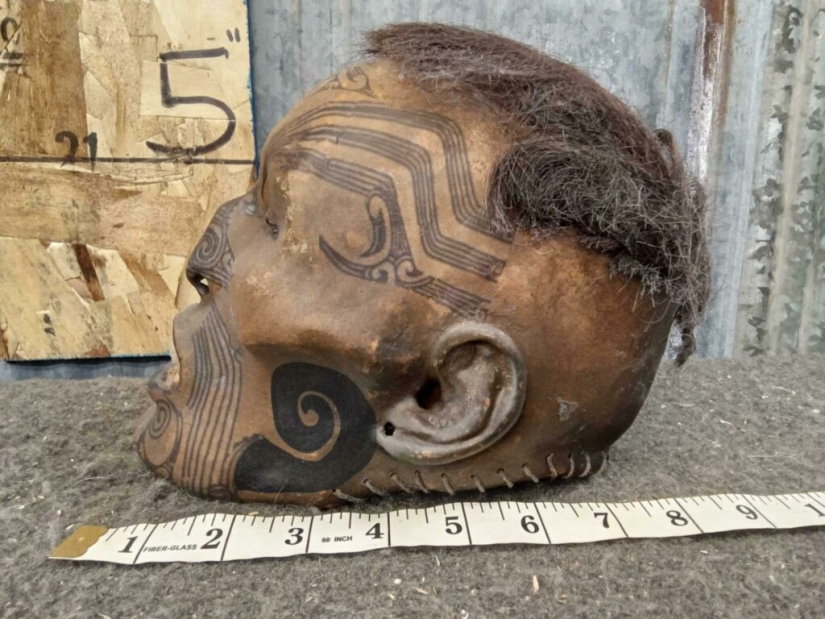
The mokomokai are now kept in the New Zealand State Museum. They are stored, not displayed in the exhibition. They were placed in a special storage facility, where only museum employees and scientists can access.
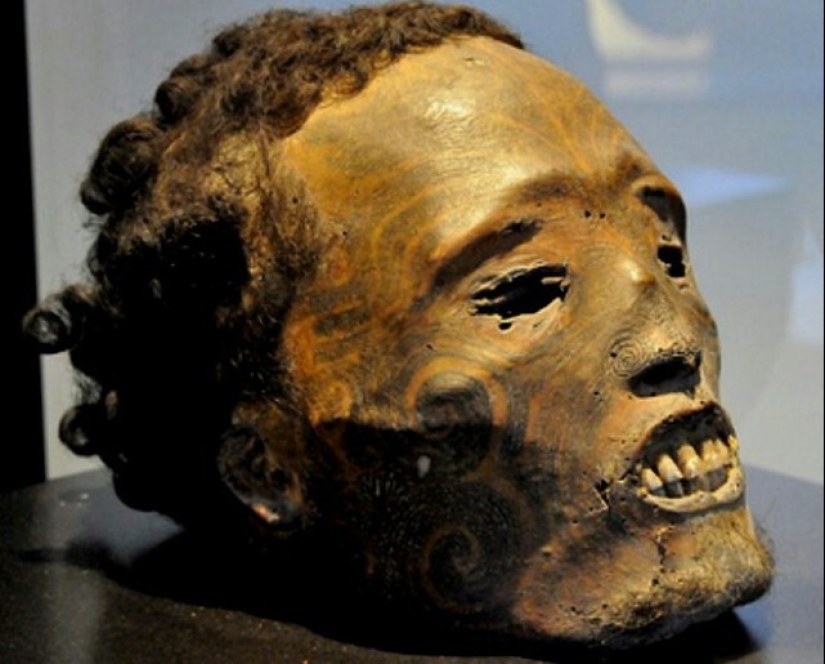
Yes, the Maori were not the only ones who thought of making crafts out of heads. Ecuadorian Indians have also long made such artifacts, calling them tsantsa.
Recent articles

Photographer Brigitte Niedermair works with world-famous glossy magazines and fashion houses. Her regular clients include Dior, ...

There are people who all his life selflessly and work hard, but never have time to enjoy financial independence. And there are ...

According to one version, street art appeared during the Second World War, when a Kilroy worker began to write "Kilroy was here" on ...